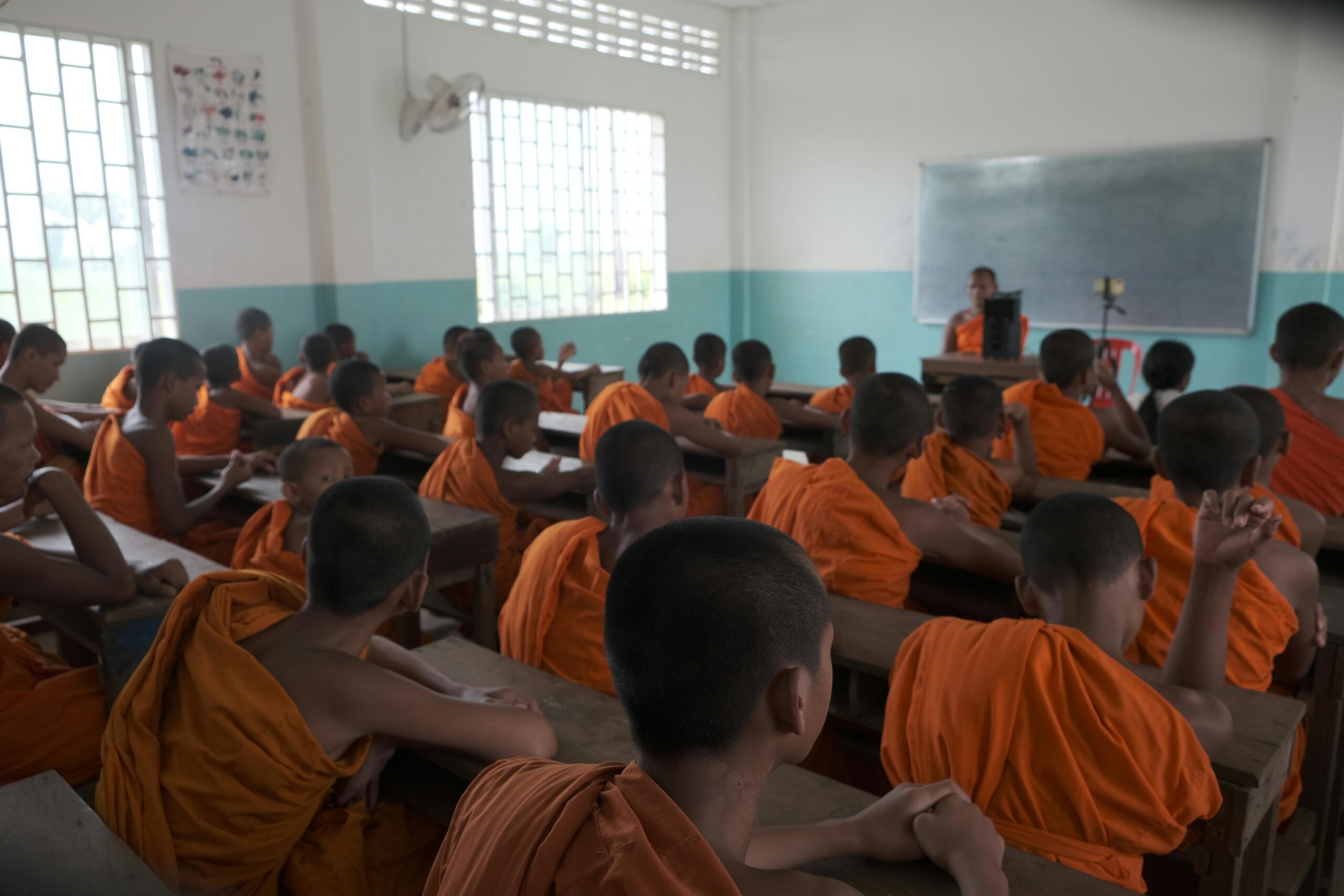The landscape of education in India is witnessing a significant transformation as international schools begin to proliferate in Tier-2 cities. Traditionally concentrated in metropolitan areas like Mumbai, Delhi, and Bangalore, these institutions are now making inroads into smaller urban centers such as Pune, Jaipur, Lucknow, and Coimbatore. This shift is driven by increasing demand for global educational standards, changing socio-economic dynamics, and enhanced accessibility to international curricula.
Drivers of Growth in Tier-2 Cities
Rising Middle-Class Aspirations:
- The burgeoning middle class in Tier-2 cities is showing a keen interest in providing their children with an international education. Parents are recognizing the benefits of curricula such as the International Baccalaureate (IB) and Cambridge Assessment International Education (CAIE), which are reputed for fostering critical thinking, creativity, and global citizenship.
Economic Development:
- Economic growth in these cities has led to increased disposable income and, consequently, more educational spending. Families are more willing and able to invest in premium schooling options that promise better career opportunities for their children.
Return of Expatriates:
- Many families returning from abroad are settling in Tier-2 cities and seeking the same standard of education they experienced overseas. This demographic shift is compelling educational entrepreneurs and existing private school chains to establish international schools outside traditional hubs.
Impact on Local Education Landscape
Enhanced Educational Standards:
- The presence of international schools is raising educational standards across the board. Local schools are compelled to improve their offerings and infrastructure to compete, which benefits all students, not just those in international schools.
Cultural Exchange and Diversity:
- International schools bring diverse student bodies and faculty, contributing to cultural exchange and a broader worldview among students. This diversity prepares students to navigate and succeed in increasingly globalized environments.
Job Creation and Economic Activity:
- The establishment of these schools generates employment opportunities, not only in teaching and administration but also in support services and construction. This economic activity can stimulate local economies and lead to further development.
Challenges and Considerations
Regulatory Hurdles:
- Setting up an international school in India involves navigating complex regulatory frameworks and securing accreditations from international bodies. These processes can be more challenging in Tier-2 cities due to less familiarity and infrastructure readiness.
Socio-Economic Divide:
- There is a concern that international schools, with their higher fee structures, might exacerbate socio-economic divisions in education. Ensuring that these schools have inclusive policies and scholarship programs is vital to mitigate such divides.
Quality Assurance:
- As the number of international schools grows, maintaining high educational standards becomes imperative. There is a risk that some new schools might compromise on quality in the rush to capitalize on the growing market. Continuous oversight and accreditation from respected international and national bodies are essential to ensure that educational quality is not diluted.
Future Prospects
The trend of international schools spreading into Tier-2 cities is expected to continue as the demand for quality education aligns with global standards. As these cities develop, there is a clear opportunity for balanced growth in the education sector, promoting not only academic excellence but also socio-economic inclusivity.
Government initiatives to support international education frameworks and partnerships with local entities can further facilitate this expansion, ensuring that the benefits of international schooling are accessible to a broader population. The growth of these schools is not just a reflection of changing educational preferences but a significant contributor to the educational and economic upliftment of India’s emerging urban centers.












